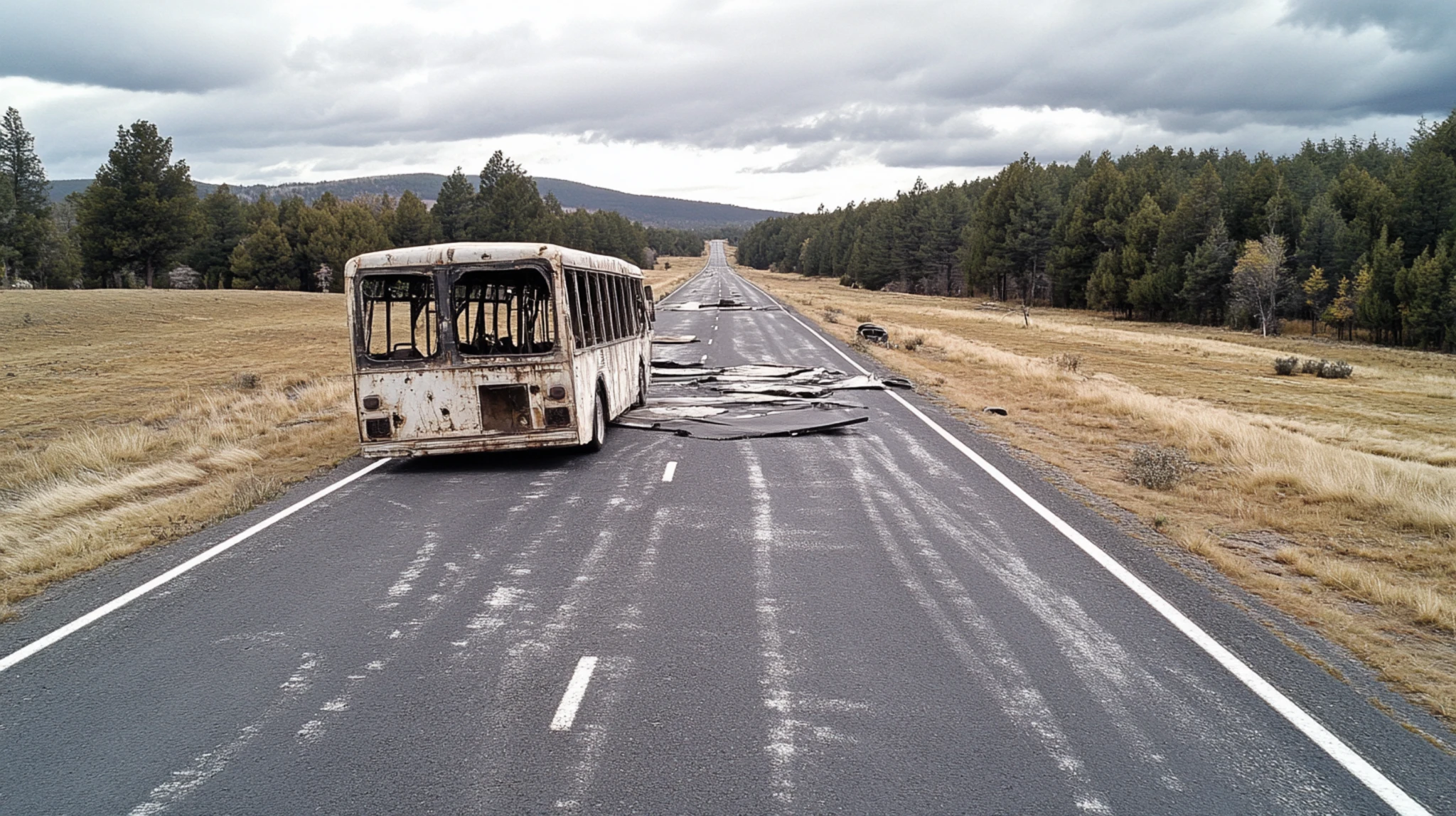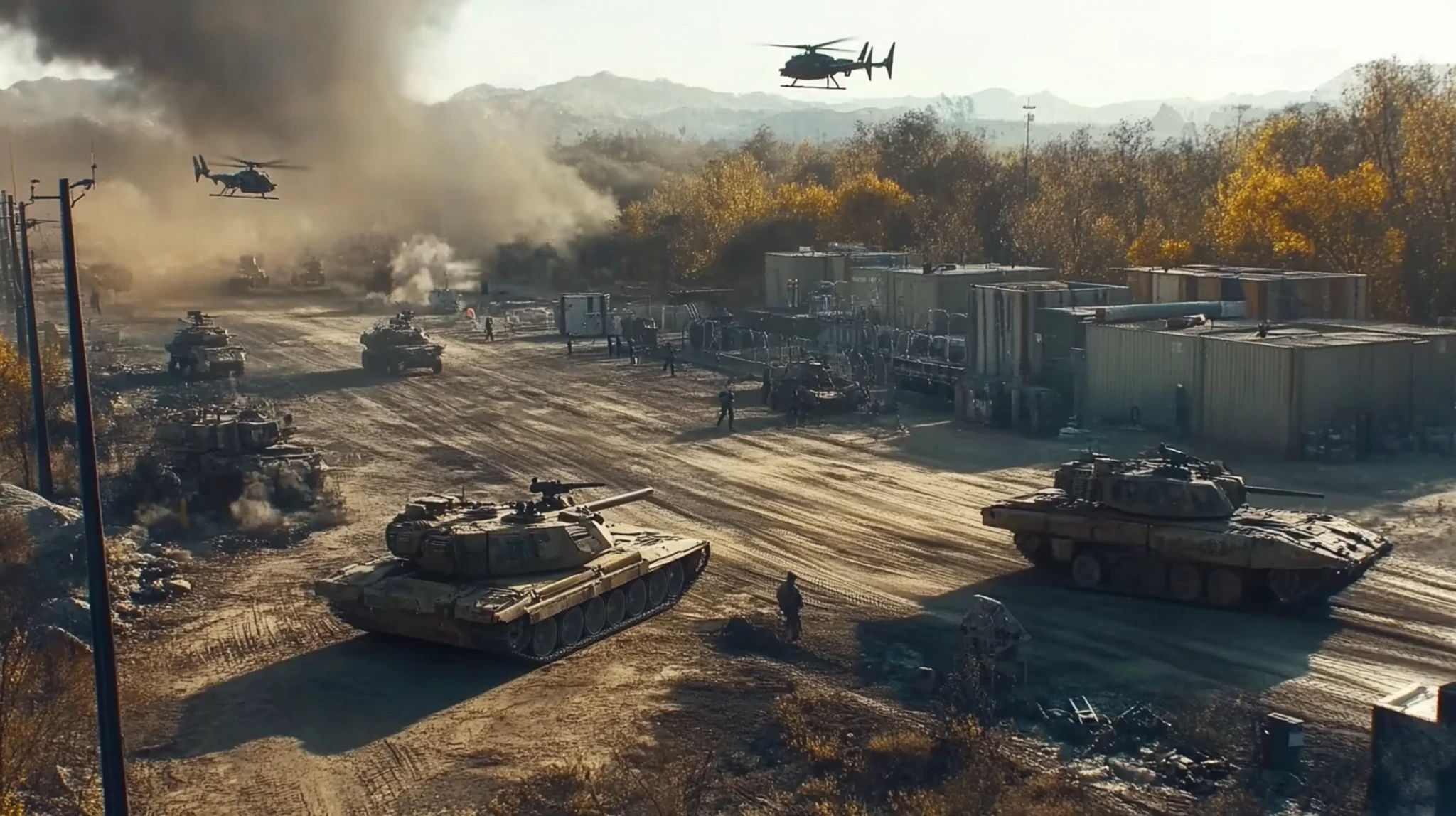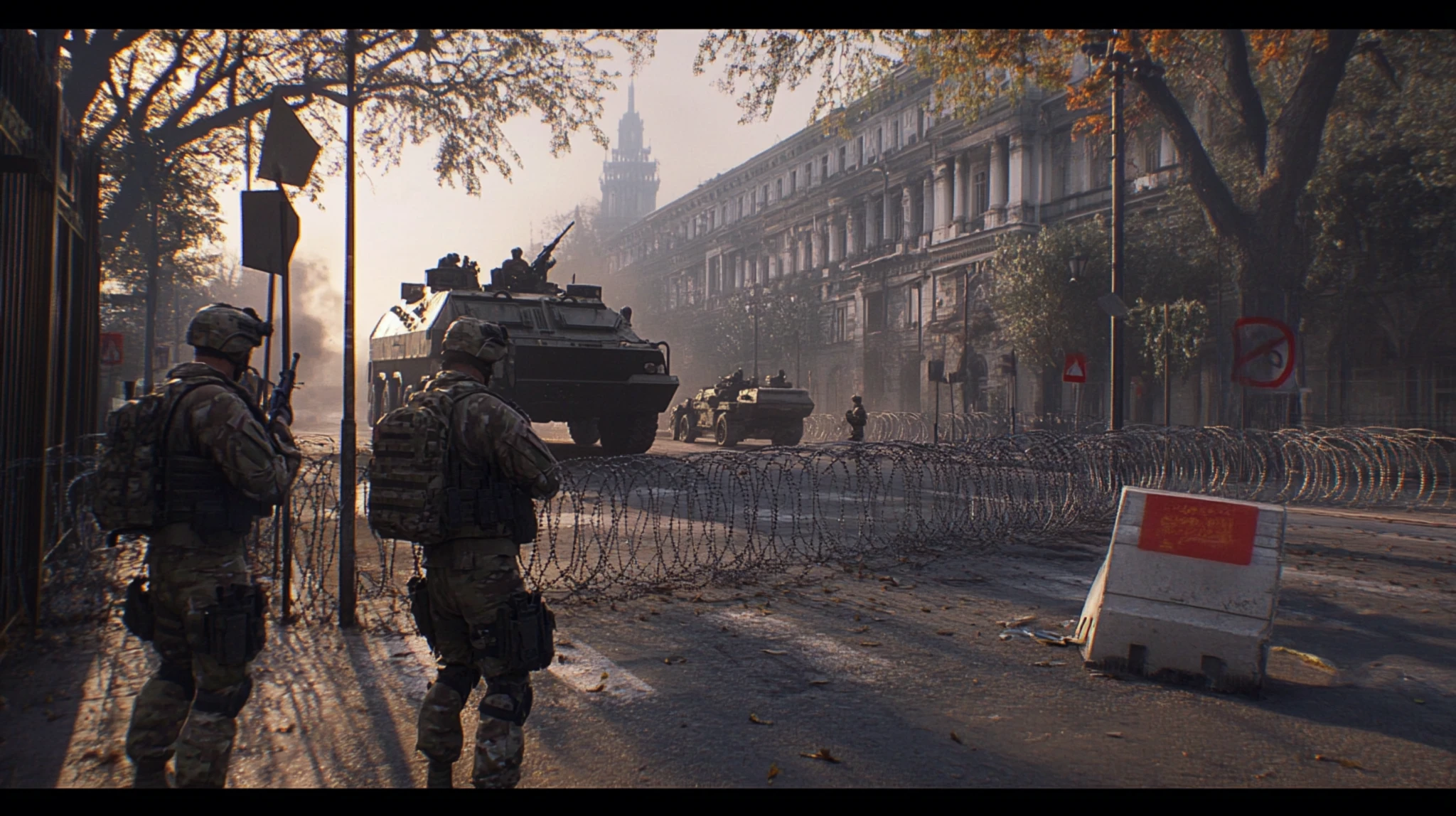
Modern survival often depends on fragile links: mobile towers, satellites, Wi-Fi routers. Take those away and most communication systems collapse instantly. That’s where Meshtastic comes in—a small, open-source project with big implications. At its core, Meshtastic uses LoRa (Long Range) radio m...










